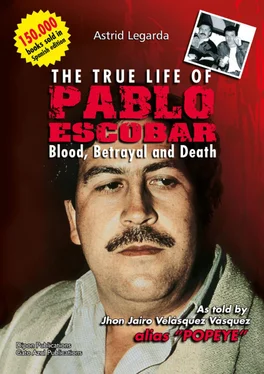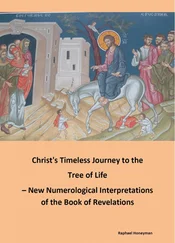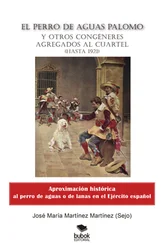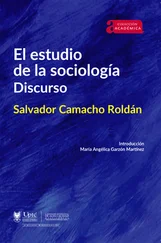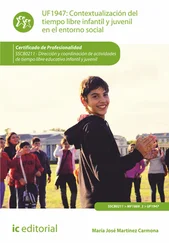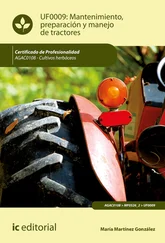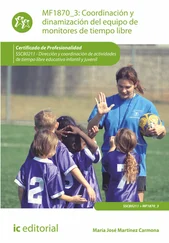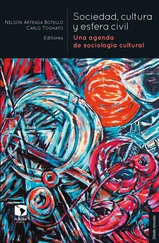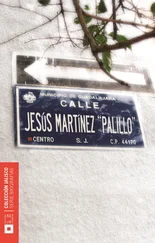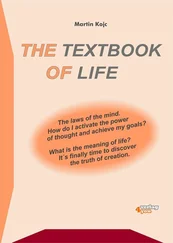“Pablo, don’t kill me. You’re also a kidnapper.” The chief of the band spoke clumsily.
“Yes, I am also a kidnapper, but I didn’t kidnap Pablo Escobar’s father.” El Patrón responded, breaking the tape recorder on the man’s head.
Pablo similarly went after every single one of the members of the naïve criminal organization. Only one of them managed to escape. The death of his father’s kidnappers was a great triumph for Pablo Escobar and the message to the city’s criminals was clear: “Nobody messes with Pablo Emilio Escobar Gaviria’s family.”
Chapter V
A Road with No Return
For the first time in his life El Patrón stepped into the Honorable Congress of the Republic of Colombia, but not without a minor issue: the police wouldn’t let him enter without a tie. The problem was solved immediately after a remarkable number of senators and representatives offered him their own. “Take mine, Pablo,” they all insisted; however, Pablo only accepted one from a personal bodyguard. He entered and there mixed with the rotten Colombian political class. Some looked at him out of the corners of their eyes with loathing. But the vast majority was on his side. They would wait near his office beside the Colegio de San Bartolome 18 18 Saint Bartholomew School of Bogotá.
and say, “You can count on me anytime you want Pablo; don’t ever hesitate to call.” Pablo’s bodyguards constantly heard that invitation—each time a congressman left Pablo’s office, the same promise was heard. And the men kept their word; whenever Pablo ran into some difficulties with the police, he would show his congressional credentials. He also traveled to foreign countries on parliamentary commissions. On one rare opportunity, he even got in on an interview with the Spanish chief of government, Felipe González.
El Patrón told me once of a visit to a nightclub in Madrid where, under the influence of alcohol, two fellow congressmen asked him for some cocaine for their own use. This infuriated Pablo and he denied knowing anything about cocaine.
Between draft laws and long debates at the House of Representatives, Luis Carlos Galán grew more annoyed with Pablo Escobar’s presence in politics. He had the Chief in his crosshairs. El Patrón’s informants reported to him that the DEA, the U.S. Drug Enforcement Administration, had approached Luis Carlos Galán and asked him to help remove Pablo from Congress and politics.
Galán, accompanied by Rodrigo Lara Bonilla, soon went after Pablo in an attempt to massacre him morally and politically. Pablo Escobar told me that in this fight he had no chance of escape. In this battle he faced a mafia more powerful than the drug or criminal cartels: he faced the mafia of Colombian politics. Minister Lara Bonilla investigated Pablo’s past and began his cruel attack.
On June 7, 1983, the tenth superior judge of Medellín requested that the Honorable House of Representatives withdraw Pablo Emilio Escobar Gaviria’s immunity due to his possible ties to the murder of DAS agents Fernando Vasco Urquijo and Gilberto de Jesús Hernández Patiño. Escobar, accustomed to fighting in his own interest, publicly confronted the minister on August 19, 1983. The minister then began a legal process against Escobar, publicly accusing him of drug trafficking and having a relationship with the MAS. Pablo was up to the challenge; he counterattacked, revealing a photocopy of a check for a million pesos written to the minister by drug trafficker Evaristo Porras. Lara Bonilla managed to control the check issue. The debate raged in full force in the Congress, in the media, and in every opinion circle in the country. The minister had the support of Luis Carlos Galán and the DEA.
And then a new issue was added to the debate. On September 7, 1983, the United States canceled Congressman Pablo Escobar’s tourist visa. The minister argued that this move publicly highlighted Escobar as a powerful drug trafficker whose network had been identified by the United States.
The Ministry of Justice attacked with everything they had and, on September 23 of the same year, the tenth superior judge of Medellín released a detention order against Congressman Pablo Escobar Gaviria and his cousin Gustavo de Jesus Gaviris Riveros. They were accused of murdering the two DAS agents.
Finally, on October 18, 1983, the first superior judge of Medellín released a warrant for the arrest of Pablo Escobar for the two murders. But Escobar wasn’t detained, for he was still protected by parliamentary immunity. Senator Luis Carlos Galán and the Minister of Justice continued to prepare the field for a political checkmate against the Chief. El Patrón was being beaten by the two politicians. The two men, supported by the DEA and the U.S. Embassy, revealed to Escobar that neither his influence nor his money could save him. Their political massacre ended on October 26, 1983, when the House of Representatives withdrew Escobar’s parliamentary immunity. The Chamber acted in full assembly, influenced by the minister and led by Galán.
The minister’s attack didn’t stop there. On November 17, 1983, he managed to have Inderena 19 19 Institute for the Development of Natural Renewable Resources (Instituto de Desarrollo de los Recursos Naturales Renovables).
impose a fine of four hundred and fifty thousand pesos on Escobar due to the illegal import of animals for his zoo at the Nápoles Hacienda. Afterwards, the Superior Customs Tribunal ordered the public sale of the animals. The Chief had an employee buy the whole lot and the zoo continued to operate under his power.
In an attempt to stop the minister’s attacks against him, and following the recommendation of his advisor Santofimio Botero, Pablo Escobar announced his retirement from politics on January 20, 1984. But Santofimio’s recommendations went further: he suggested that Pablo get his most powerful adversaries out of the way in order to ease his access to power. He incited Escobar to action using a phrase that he would repeat many times in the future: “Kill them, Pablo!”
El Patrón moved around covertly, but did not hide. In his retirement he tried to amend the great mistake he had made by entering the dangerous field of politics, and sought asylum in the United States.
On March 8, 1984, the anti-narcotics police discovered two complex laboratories that processed cocaine paste. These were the Tranquilandia and Villacoca facilities located in the Yari Jungle. The police, under Colonel Jaime Ramírez’s command and under Minister of Justice Rodrigo Lara Bonilla’s control, proudly revealed the extraordinary discovery to the world. The giant facilities were proof of the drug empire in Colombia. They had two airplane runways, a large staff, abundant coke paste, and, finally, cocaine ready for use. From there, the mafia planes filled with drugs took off towards the United States.
Authorities destroyed forty more laboratories and detained forty-four people. Approximately two hundred and fifty workers ran for the jungle, looking for the Yari River, taking around fifteen tons of cocaine with them. Seventeen tons of cocaine ready for export were seized. The camps were equipped with televisions, blenders, microwaves, air conditioning, bathrooms with filtered water, and a gas operated electric plant. Five planes were also seized. Photos of what was found at Tranquilandia and Villacoca made their way around the world. Everyone knew it was a U.S. satellite that had detected the complex and that the coke paste was brought from Peru and Ecuador.
Authorities accused Pablo Escobar and Gonzalo Rodríguez Gacha of being the owners of the laboratories, or rather of the small fortress located in the heart of the jungle. The discovery was a great triumph for the Minister of Justice, the police, the DEA, and the U.S. government.
Читать дальше
